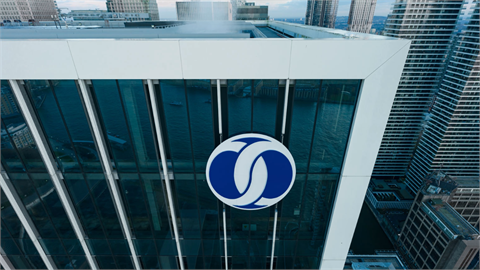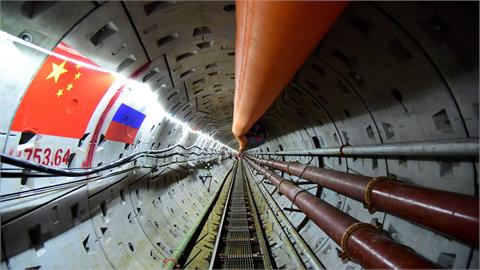Saudi Arabia, the world's top oil exporter wants to tap nuclear energy for the sole peaceful purpose of diversifying its energy supply. The plan to develop 16 nuclear power plants in Saudi Arabia over the long-term was formed so atomic energy can be used to generate electricity, Joseph Kechichian, a senior fellow at King Faisal Center for Research and Islamic studies, told Anadolu Agency.
He said the kingdom intends to diversify its economy by focusing on investments in other sectors, including tourism, alternative technologies, financial projects, and entertainment among others. However, it still favors oil and gas for several more decades. "The aim is twofold: to create wealth by creating well-paying jobs for its citizens both men and women and, equally important, encourage foreign direct investments in the economy," Kechichian said.
He explained that Riyadh's attraction to nuclear power is to do with the allocation of oil to far more productive sectors, running the gamut from the chemical sector to transportation. Saudi Arabia is currently in the process of selecting a company for the construction of the first nuclear power plant in the country and is expected to choose the winning bid in 2020.
Kechichian, in recognizing the limited nature of oil resources, advised that these resources not be wasted in the expensive process of producing electricity but be devoted to other more pressing needs.
Conversely, he recognized the risks involved with nuclear power based on the several accidents that occurred throughout the world like in Fukushima in Japan, Chernobyl in north Ukraine, and Three Mile Island in the U.S. He, therefore, advised that Riyadh move forward cautiously by choosing companies with strong nuclear safety records and train a full cadre of indigenous inspectors to watch over future plants.
- Nuclear can replace oil in country's electricity mix
Jim Krane, an energy analyst at Rice University's Baker Institute also acknowledged that the kingdom is overwhelmingly dependent on burning domestic natural gas and oil, including valuable crude oil and diesel fuel to generate power. "However, burning oil in power plants is a really low-value use of that fuel. Saudi Aramco would rather export it and earn a higher return than provide it below cost to local power plants," he said.
Yet Saudi Arabia still produces less than 1% of its electricity from renewables, like wind and solar, Krane said.
However, he said a combination of renewables and nuclear power, both zero-carbon forms of power generation, could eventually replace oil in Saudi Arabia’s electricity mix. He asserted that this replacement would not happen quickly as most of the ambitious renewables goals that have been announced in the Gulf over the past decade have been either scaled back or quietly shelved.
"Nuclear plants typically take at least a decade to plan and build, and often take more," he said.
- Saudi's nuclear blueprint
In 2018, Saudi Arabia, known as the Gulf region's main electricity producing and consuming country, generated more than 39% of its electricity from oil and 60% from gas. The oil-rich country wants to increase the share of alternative energy sources, particularly nuclear and solar energy, to reduce fossil fuel use in electricity generation.
Saudi Arabia went public with its nuclear ambitions nine years ago, when a Saudi royal decree announced: "the development of atomic energy is essential to meet the kingdom's growing requirements for energy to generate electricity, produce desalinated water and reduce reliance on depleting hydrocarbon resources."
In line with plans to reduce reliance on fossil fuels, in 2010 the Saudis established the King Abdullah City for Atomic and Renewable Energy (KA-CARE). In 2012, plans were announced for the construction of 16 nuclear power reactors with 17 gigawatts of nuclear capacity by 2032 along with a plan to build 54 gigawatts of renewable energy. Later in 2015, however, the date was moved to 2040.
These energy plans have gone into overdrive as part of the kingdom's de facto ruler, Crown Prince Mohammed bin Salman's "Vision 2030" -- a strategy to wean Saudi Arabia off its reliance on oil. The country has revised its renewable energy target to 9.5-gigawatt capacity installation by 2030, while the ambitious nuclear target is currently set on the first two reactors and potentially on a smaller program.
The Saudis now want to build their first two commercial reactors. In 2017, the Kingdom looked for contractors and invited countries to bid on the project. This resulted in preliminary talks with five finalist companies from five countries --- China, France, Russia, the U.S. and South Korea.
With the realization of the country’s first nuclear project, the kingdom would become the second country in the Gulf Arab region to tap nuclear power after the United Arab Emirates, which is set to start up its first South Korean-built plant by early 2020.
(Anadolu Agency)



